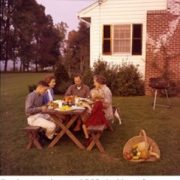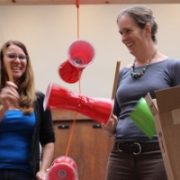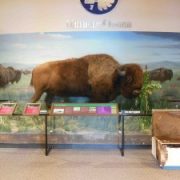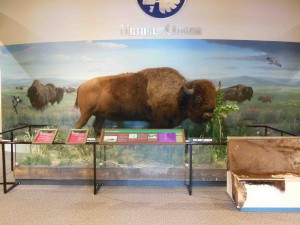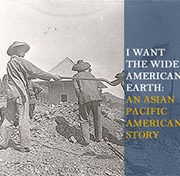Brand New Exhibitions from SITES
Special thanks to our friends at SITES for this update.
SITES has been busy planning several new exhibits to meet the needs of our diverse host venues. Whether you are looking for a unique and affordable photography exhibit or an epic blockbuster, we’ve got the show for you. Here’s what’s new:
 Things Come Apart
Things Come Apart
Through extraordinary photographs, disassembled objects and fascinating videos, Things Come Apart reveals the inner workings of common, everyday possessions. Images of dozens of objects explore how things are made and how technology has evolved over time. For example, the exhibition juxtaposes the components of a record player, Walkman, and an iPod. As a visual investigation of design and engineering, Things Come Apart celebrates classic examples of industrial design, technological innovation and more recent ideas about re-use. The exhibition explores STEAM (science, technology, engineering, art and math) concepts and provides an ideal environment for hands-on investigation.
Contents: ~40 framed photographs, 4 disassembled objects, video content, and educational component
Fee: $9,900 per 12-week slot plus outgoing shipping
Size: 200-250 running feet
Security: Moderate
Tour begins: fall 2016
Contact: Ed Liskey, liskeye@si.edu, 202.633.3142
Rebel, Jedi, Princess, Queen: Star Warsâ„¢ and the Power of Costume
Presenting 60 of the finest hand-crafted costumes from the first six blockbuster Star Wars films, the exhibition uncovers the challenges, the intricate processes and the remarkable artistry of George Lucas, the concept artists and costume designers. Featured costumes include the robes of Jedi masters Obi-Wan Kenobi and Luke Skywalker; the yak hair and mohair costume of the Wookiee Chewbacca; the elaborately detailed gowns of Queen Amidala, and many more of your favorite Star Wars characters. Learn more about Rebel, Jedi, Princess, Queen here.
 Searching for the Seventies: The DOCUMERICA Photography Project
Searching for the Seventies: The DOCUMERICA Photography Project
Modeled after the Farm Security Administration’s photography project of the 1930s and 40s, DOCUMERICA was launched in 1971 by the newly established U.S. Environmental Protection Agency to document the environmental troubles and triumphs across the country. What emerged was a moving and textured portrait of America in a rapidly changing society. Includes 90 framed, color photographs and a video. Learn more about Searching for the Seventies here.
Patios, Pools, & the Invention of the American Backyard
From the beauty of postwar garden design to the history of the rise of the suburbs and the environmental movement, Patios & Pools is a groovy look back at how the mid-century backyard became an extension of the house: a “room” designed for relaxing, recreation, cooking, and entertaining. Featuring period photographs, retro advertisements, pop culture references, and influential landscape designs. Learn more Patios & Pools here.
Looking to fill an opening in your calendar? These exhibitions are available for immediate booking:
IndiVisible: African-Native American Lives in the Americas
Available: 7/25/15-10/4/15 (reduced fee: $2,000) and 10/24/15-1/3/16
The Evolving Universe
Available: 10/3/15-1/31/16 and 2/20/16 to 5/15/16
Patios, Pools, & the Invention of the American Backyard
Available: 12/19/15-2/28/16
I Want the Wide American Earth: An Asian Pacific American Story
Available: 12/19/15 – 2/28/16 and 3/19/16 – 5/29/16
Contact us at sites_schedule@si.edu or 202-633-3140.

